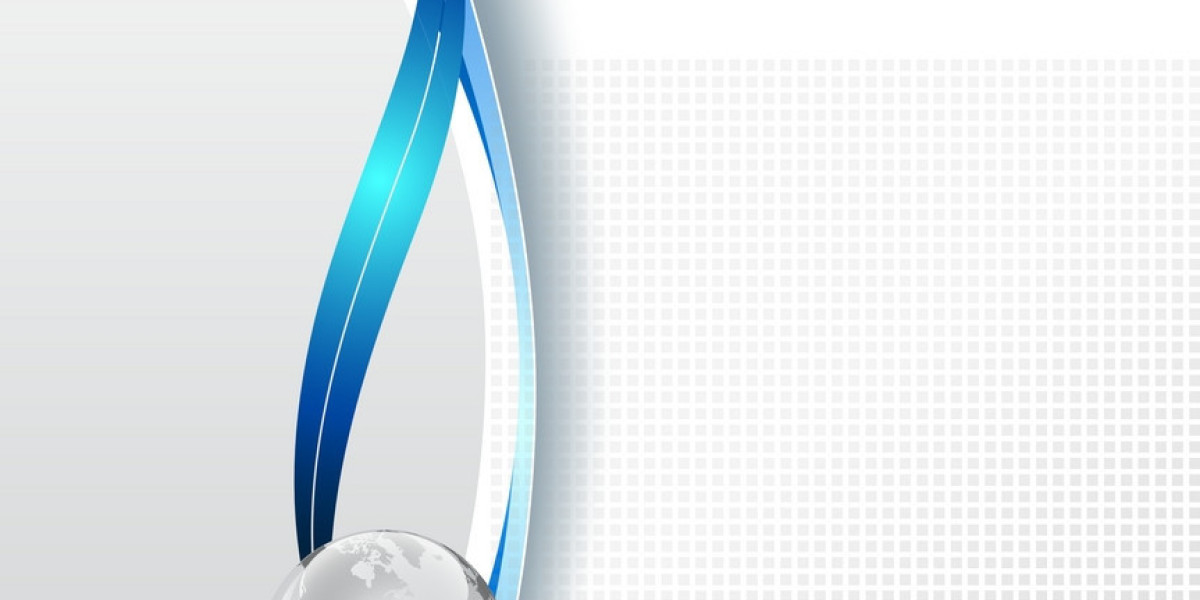The Software as a Service (SaaS) model has revolutionized the way businesses operate and interact with technology. SaaS apps are now essential for everything from project management to communication and data storage. With their subscription-based nature, SaaS platforms offer flexibility, cost-effectiveness, and scalability, making them a top choice for businesses of all sizes.
However, building a successful SaaS app development company requires more than just functionality—it requires the right features to ensure that users stay engaged, have a smooth experience, and return time after time. So, what makes a SaaS app stand out from the competition? Here are 10 must-have features that every SaaS app needs.
What is a SaaS App?
A Software as a Service (SaaS) app is a cloud-based application that users can access and use over the internet, typically through a subscription model. Unlike traditional software, which needs to be installed on individual devices, SaaS apps run on remote servers and are accessible from any device with an internet connection. Examples include platforms like Slack for team communication, Salesforce for customer relationship management, and Dropbox for file storage.
The flexibility and convenience of SaaS apps have made them a popular choice for businesses across various industries. These apps reduce the need for infrastructure and maintenance, as everything is managed by the SaaS provider.
10 Must-Have Features Every SaaS App Needs
Building a successful SaaS app is no easy task. To stand out in a crowded market, your app must have the features that users expect and need. Here are the top 10 features every SaaS app must include:
1. User-Friendly Interface
A clean and intuitive user interface (UI) is crucial for SaaS apps. Users should be able to navigate the app without confusion and complete their tasks with ease. A good UI ensures that the user experience (UX) is smooth, helping to keep customers engaged.
Key UI design elements:
Clear navigation menus
Readable fonts and colors
Easy-to-access features
Consistent design elements throughout the app
Investing time in creating an aesthetically pleasing and functional UI makes a big difference in user satisfaction and retention.
2. Multi-Device Compatibility
In today’s world, users expect to access their apps from a range of devices—smartphones, tablets, laptops, and desktops. To meet this expectation, your SaaS app must be responsive and work seamlessly across all devices.
Key aspects to consider:
Ensure the app adapts to different screen sizes.
Test the app on various devices and browsers.
Optimize the app for both mobile and desktop experiences.
Being mobile-friendly is not just a convenience—it's a necessity in today’s fast-paced, mobile-first world.
3. Secure User Authentication
Security is one of the most critical aspects of any SaaS app. Since users trust your platform with their sensitive data, ensuring that the app has secure user authentication is non-negotiable. This includes strong password policies, two-factor authentication (2FA), and other mechanisms to protect user accounts from unauthorized access.
Best practices for secure authentication:
Require strong, unique passwords.
Implement two-factor authentication (2FA) for added protection.
Provide users with the option to reset passwords securely.
A strong authentication system builds trust with users and keeps their data safe.
4. Role-Based Access Control (RBAC)
Role-based access control (RBAC) allows administrators to assign specific permissions and access levels to different users. This feature is essential for teams or organizations that need to control who can access certain parts of the app, especially when dealing with sensitive data or business operations.
How RBAC benefits your SaaS app:
Prevents unauthorized access to confidential data.
Allows admins to define user roles based on their responsibilities.
Enhances organizational efficiency by controlling access to specific features.
By integrating RBAC, your SaaS app can cater to a wide range of users, from individual customers to large teams.
5. Customization Options
While a consistent design is essential, customization options let users tailor the app to their unique needs. Customization can include things like changing color schemes, adding custom branding, adjusting dashboards, or modifying workflows.
Why customization is important:
Users want to make the app feel personal and relevant to their needs.
Businesses can align the app with their brand identity.
Customizable dashboards and reports allow users to access relevant information more easily.
Allowing users to customize certain aspects of the app improves their overall satisfaction and engagement.
6. Real-Time Collaboration Features
Many SaaS apps serve teams and organizations, so real-time collaboration features are vital for improving productivity. Whether it’s instant messaging, live document editing, or shared project boards, users should be able to collaborate in real-time.
Real-time collaboration features include:
Live chat and messaging.
Shared project timelines and task boards.
Real-time document editing (Google Docs style).
These features enhance teamwork, increase productivity, and make the app more appealing to business users.
7. Automated Workflows and Task Management
Automation is a powerful feature for SaaS apps. It helps reduce manual labor, increases productivity, and streamlines repetitive tasks. Automated workflows enable users to set up triggers, reminders, and notifications that streamline processes and make their work more efficient.
Examples of automation in SaaS apps:
Automated email notifications for key actions.
Setting up recurring tasks or reminders.
Triggering actions based on specific user inputs (e.g., creating tasks when an email arrives).
Integrating these automated features helps users save time and focus on more important tasks.
8. Analytics and Reporting
Analytics and reporting are crucial features for SaaS apps that deal with large amounts of data. Offering built-in reports or dashboards that provide insights into user activity, performance, and trends will help users make better decisions.
Key reporting features include:
User activity reports.
Customizable dashboards.
Exportable reports in various formats (CSV, PDF, etc.).
By providing users with the tools they need to analyze and act on data, you enhance the value of your SaaS app.
9. Integrated Payment System
A seamless payment system is a must for any SaaS app that operates on a subscription model. Users should be able to easily upgrade, downgrade, or renew their subscriptions without facing friction. Integrating multiple payment options also gives users flexibility and convenience.
Important payment features to include:
Support for credit cards, PayPal, and other payment methods.
Automatic billing and invoicing.
Clear subscription plans and pricing.
Offering an easy and secure payment experience is key to retaining customers and ensuring smooth transactions.
10. Customer Support and Help Desk
Customer support is an essential part of any SaaS app. Providing users with quick, responsive, and helpful support options ensures a positive experience. This could include live chat, in-app support, email support, or an extensive knowledge base.
Support features include:
In-app chat or chatbot.
Detailed help center or knowledge base.
Ticketing system for issue resolution.
Excellent customer support helps resolve problems quickly, keeping users satisfied and loyal to your app.
Conclusion
Building a SaaS app that stands out requires more than just a great idea. It needs to be packed with the right features to attract users, keep them engaged, and solve their problems effectively. From a user-friendly interface to secure authentication, real-time collaboration, and powerful analytics, the features listed here are essential for ensuring the success of your SaaS app.
When planning your app, keep in mind that your goal is not only to create a functional platform but to enhance the user experience and provide long-term value. By incorporating these must-have features, you’ll have a strong foundation for building a SaaS app that users love and businesses rely on.








